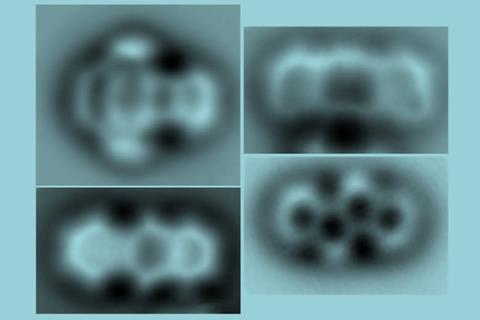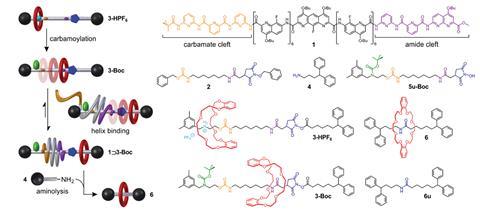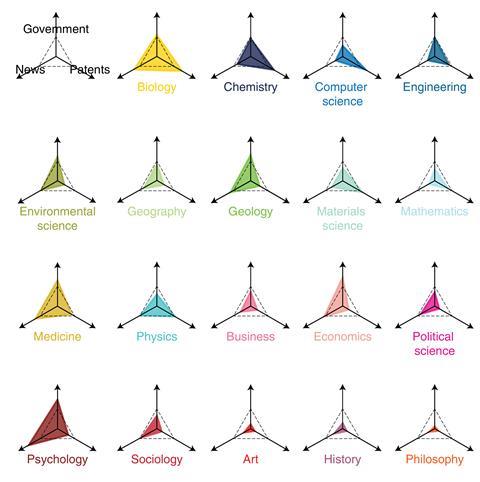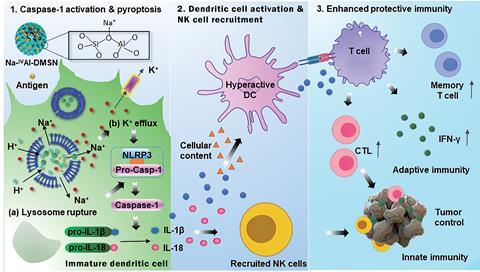A scanning probe microscope has been used to exert exquisite control over the types of bonds formed and broken in an organic molecule. ‘This is awesome and very exciting work,’ comments Saw-Wai Hla from Ohio University in the US, who wasn’t involved in the research. ‘From an initial molecule, they produce three totally different molecules, […]
Read More








